Could Not Resolve Host Github Com
Introduction:
When using various internet services, it is not uncommon to encounter error messages that may seem cryptic at first. One such error message that users often come across is “could not resolve host github.com.” This error indicates a problem in resolving the hostname “github.com” into its corresponding IP address. Understanding the underlying factors causing this error can help in troubleshooting and resolving the issue. In this article, we will delve into the intricacies of DNS resolution, possible causes of the error, and steps to troubleshoot it effectively.
Explanation of the error message “could not resolve host github.com”:
The error message “could not resolve host github.com” suggests that the system or application making the request is unable to translate the human-readable hostname “github.com” into the corresponding IP address. In simpler terms, the device you are using is unable to find the specific server that corresponds to the website or service you are trying to access.
This error usually occurs when there is a problem with the Domain Name System (DNS) resolution process. The DNS is responsible for translating domain names into IP addresses, allowing devices to communicate with a specific server to access a website or service.
Overview of DNS resolution and its role in website accessibility:
DNS resolution is a fundamental process that enables the translation of user-friendly domain names into their respective IP addresses. When a user enters a URL like “github.com” in their web browser, the device initiates a DNS resolution request to find the IP address of the server hosting the website.
The DNS resolution process involves multiple steps, including querying hierarchical DNS servers, caching responses, and ultimately returning the IP address to the requesting device. This translation allows your device to establish a connection and access the desired website or service.
Possible causes of the “could not resolve host” error:
1. Insufficient network connectivity:
– Inadequate network connectivity, including intermittent connectivity issues, can prevent DNS resolution.
– Physical issues like loose cables, wireless interference, or misconfigured network settings can disrupt network connectivity.
2. DNS server issues:
– Problems with DNS servers can lead to the inability to resolve hostnames.
– Unresponsive or misconfigured DNS servers can cause the “could not resolve host” error.
3. Firewall or antivirus interference:
– Overly aggressive firewall rules or antivirus software can block DNS resolution requests, leading to the error.
– Incorrect configuration of these security measures may mistakenly flag legitimate DNS queries.
4. Proxy server configurations:
– Incorrect proxy server settings can hinder DNS resolution, causing the error message to appear.
– Proxy servers act as intermediaries between client devices and external servers, and misconfigurations can disrupt the resolution process.
Troubleshooting steps for resolving the “could not resolve host” error:
1. Verify network connectivity and DNS server settings:
– Check if you have stable internet connectivity by visiting other websites or services.
– Ensure that the DNS server settings are correctly configured on your device, or try using alternative DNS servers like Google DNS or OpenDNS.
2. Flush DNS cache:
– Clearing your system’s DNS cache can resolve any corrupt or outdated DNS lookup entries.
– Use the command “ipconfig /flushdns” for Windows or “sudo dscacheutil -flushcache” for macOS in the Command Prompt or Terminal, respectively.
3. Disable firewall or antivirus temporarily:
– Temporarily disable your firewall or antivirus software to check if they are interfering with DNS resolution.
– If the error no longer occurs after disabling these security measures, consider adjusting their settings or seeking alternative solutions.
4. Verify proxy server configurations:
– If you are using a proxy server, check the configuration settings to ensure they are correct.
– Disable any proxy settings temporarily to eliminate misconfiguration as a potential cause of the error.
Additional resources and tools for diagnosing and solving the error:
1. DNS troubleshooting tools:
– Tools like nslookup, dig, or online DNS lookup services can help diagnose DNS resolution issues.
– These tools provide detailed information about DNS queries, server responses, and can help pinpoint the cause of the “could not resolve host” error.
2. Network diagnostic utilities:
– Networking tools such as tracert (Windows) or traceroute (Linux and macOS) can identify the network path and potential network issues that may affect DNS resolution.
3. Online forums and documentation:
– Community forums like Stack Overflow and official documentation from relevant software or service providers can offer valuable insights and solutions from experienced users and developers.
Conclusion:
Encountering the “could not resolve host github.com” error can be frustrating, but understanding its causes and troubleshooting steps can help resolve the issue effectively. Whether it’s an issue with network connectivity, DNS server settings, firewall interference, or proxy configurations, following the suggested troubleshooting steps can restore the ability to resolve hostnames correctly. Additionally, utilizing DNS troubleshooting tools and consulting online resources can further aid in diagnosing and resolving the error. Always remember to double-check your network settings and seek assistance when needed to ensure seamless website accessibility and online experiences.
FAQs:
Q1. Why am I getting the “could not resolve host gitlab” error?
A1. The “could not resolve host gitlab” error is similar to the “could not resolve host github.com” error. It indicates that the hostname “gitlab” cannot be resolved into an IP address. The troubleshooting steps mentioned in this article also apply to resolving the “could not resolve host gitlab” error.
Q2. I receive the “fatal: unable to access” error with github.com. How is it related?
A2. The “fatal: unable to access” error often occurs when the system cannot access a specific resource or address, such as github.com. It can be caused by various factors, including network connectivity issues, DNS resolution problems, or authentication errors. Troubleshooting steps mentioned in this article can help resolve the “fatal: unable to access” error when facing issues with github.com.
Q3. What does “ssh: could not resolve hostname github.com: temporary failure in name resolution” mean?
A3. The “ssh: could not resolve hostname github.com: temporary failure in name resolution” error typically suggests a temporary failure in the DNS resolution process when establishing an SSH connection to github.com. This error is related to DNS resolution and can be resolved by following the recommended troubleshooting steps described in this article.
Q4. How to resolve the “Could not resolve host raw.githubusercontent.com” error?
A4. The “Could not resolve host raw.githubusercontent.com” error is another DNS resolution error specific to the hostname “raw.githubusercontent.com.” It indicates a failure to resolve the IP address for this particular host. To resolve the error, you can follow the troubleshooting steps outlined in this article and check your network connectivity, DNS server settings, firewall, and proxy configurations.
Q5. What are some common tools to diagnose DNS resolution issues?
A5. Some commonly used tools for diagnosing DNS resolution issues include nslookup, dig, online DNS lookup services, tracert, and traceroute. These tools provide insights into DNS queries, server responses, network paths, and can help identify potential causes of DNS resolution errors.
Q6. Can I use Google DNS or other alternative DNS servers to resolve DNS resolution errors?
A6. Yes, you can try using alternative DNS servers like Google DNS (8.8.8.8 and 8.8.4.4) or OpenDNS (208.67.222.222 and 208.67.220.220) if you are facing DNS resolution errors. Changing your DNS server settings to alternative servers may help resolve the issue by bypassing any potential problems with your ISP’s DNS servers.
Q7. Are there any online communities or documentation for further assistance with DNS resolution errors?
A7. Yes, online communities like Stack Overflow, GitHub discussions, and official documentation from software providers or internet service providers can provide valuable insights, solutions, and guidance for resolving DNS resolution errors. These resources often have experienced users and developers who can offer assistance and share their expertise.
Remember to always stay on top of any updates or changes in your network environment, such as changes in network settings or software updates, as they can sometimes lead to DNS resolution errors.
[Fix] Fatal: Unable To Access ‘Https://Github.Com/Repo.Git/’: The Requested Url Returned Error: 403
Keywords searched by users: could not resolve host github com Could not resolve host gitlab, fatal: unable to access, ssh: could not resolve hostname github.com: temporary failure in name resolution, Could not resolve host raw githubusercontent com, GitHub, Wget: unable to resolve host address github com, Could not resolve hostname GitLab com Temporary failure in name resolution, Curl: (6) could not resolve host
Categories: Top 20 Could Not Resolve Host Github Com
See more here: nhanvietluanvan.com
Could Not Resolve Host Gitlab
Introduction:
GitLab is a popular web-based platform used for coding, version control, and collaboration among developers. It provides a comprehensive set of features for managing repositories, tracking issues, and automating software build and deployment. While GitLab is generally reliable, its users may occasionally come across various errors that can hinder their workflow. One such error is “Could not resolve host gitlab.” In this article, we will delve into the causes of this error, its implications, and potential solutions.
Understanding “Could not resolve host gitlab”:
When a user encounters the error message “Could not resolve host gitlab,” it means their system is unable to translate the hostname “gitlab” into an IP address. In simpler terms, it fails to establish a connection to the GitLab server due to a DNS resolution issue. DNS (Domain Name System) is responsible for translating human-readable domain names (like gitlab.com) into IP addresses. Without a proper DNS resolution, the GitLab server cannot be located, leading to the error.
Causes of the error:
1. DNS misconfiguration: The most common cause of the “Could not resolve host gitlab” error is a misconfigured DNS setup on the user’s machine or network. This may occur due to incorrect DNS server settings, an outdated DNS cache, or a firewall blocking DNS requests.
2. Internet connectivity issues: If the user’s internet connection is unstable or experiencing downtime, it can prevent DNS resolution and result in the “Could not resolve host gitlab” error. Checking the network connection and contacting the internet service provider (ISP) can help resolve this issue.
3. Local host file: In some cases, the error can be due to an incorrect entry in the local host file. The host file is an operating system-level text file that maps hostnames to their corresponding IP addresses. If an entry related to GitLab is erroneous or nonexistent, the DNS resolution fails.
4. DNS server issues: Occasionally, DNS server problems at the ISP’s end can cause the error. The service may be temporarily unavailable or experiencing technical difficulties, resulting in the failure to resolve the GitLab hostname.
Possible solutions:
1. Verify DNS settings: Start by verifying that the DNS settings on your machine or network are configured correctly. Ensure that the DNS server address is valid, and consider using public DNS servers like Google DNS (8.8.8.8) or Cloudflare DNS (1.1.1.1).
2. Clear DNS cache: Flush the DNS cache to remove any outdated or incorrect entries. This can be done by opening the command prompt (Windows) or terminal (macOS/Linux) and running the appropriate command: “ipconfig/flushdns” on Windows, or “sudo dscacheutil -flushcache” on macOS.
3. Check local host file: Inspect the local host file to ensure there are no conflicting or missing entries related to GitLab. This file can be found at different locations depending on the operating system. For example, on Windows, it is typically located at “C:\Windows\System32\drivers\etc\hosts.”
4. Restart networking services: Restarting the networking services on your machine can sometimes help resolve DNS issues. Restarting the network adapter or rebooting the device can be effective in clearing any temporary glitches.
5. Troubleshoot DNS servers: If the error persists, try using alternative DNS servers or contact your ISP for assistance. Changing DNS servers can help bypass any issues with the default DNS service.
FAQs:
1. Q: What do I do if I encounter the “Could not resolve host gitlab” error in GitLab?
A: Start by checking your DNS settings, clearing the DNS cache, and examining the local host file. If the issue persists, try restarting networking services or troubleshooting DNS servers.
2. Q: Why does this error occur only for GitLab?
A: The “Could not resolve host gitlab” error can occur for any website if there are DNS resolution problems specific to the user’s system. It is not unique to GitLab.
3. Q: What are some common DNS server alternatives to try?
A: Popular DNS servers include Google DNS, Cloudflare DNS, OpenDNS, and Comodo Secure DNS. Using any of these alternative DNS servers can help resolve the error.
4. Q: Can this error be caused by server-side issues with GitLab?
A: While it is possible for server-side issues to cause the error, “Could not resolve host gitlab” is typically a client-side issue related to DNS resolution on the user’s system.
Conclusion:
The “Could not resolve host gitlab” error can be a frustrating roadblock for GitLab users. By comprehending the causes and potential solutions mentioned in this article, users can overcome this error and resume an uninterrupted GitLab experience. Remember to double-check DNS settings, clear the DNS cache, and troubleshoot local host file entries. If necessary, consider using alternative DNS servers or contacting your ISP for further assistance.
Fatal: Unable To Access
Introduction
The “fatal: unable to access” error is an issue commonly encountered by users leveraging Git for version control. This error message can appear when attempting to push, pull, or clone repositories, causing frustration and hindering progress in software development projects. In this article, we will explore the possible causes behind this error and provide a comprehensive guide on troubleshooting and resolving such issues.
Understanding the “fatal: unable to access” Error
When you encounter the “fatal: unable to access” error, it typically signifies a problem with accessing the remote repository or a specific branch within it. This error may manifest due to a variety of reasons, including network connectivity issues, incorrect credentials, insufficient permissions, or misconfigured repository settings.
Common Causes and Solutions
1. Incorrect Repository URL:
Ensure that the repository URL is valid and correctly entered.
Solution: Double-check the URL and make any required corrections.
2. Network Connectivity Issues:
Unstable or slow internet connection can impede the communication between Git and the remote repository.
Solution: Verify your internet connection stability and try again. If possible, switch to a different network.
3. Insufficient Authentication Credentials:
If you are facing “fatal: unable to access” error during a push or pull operation, it may be due to incorrect or missing authentication credentials.
Solution: Ensure you have the correct username and password or SSH keys configured. Update or re-enter the credentials as needed.
4. Access Permissions:
Some repositories may have restricted access assigned to specific users, preventing unauthorized individuals from accessing or modifying the repository.
Solution: Verify your project permissions with the repository owner or admin. Ensure you have sufficient privileges to push, pull, or clone the desired repository.
5. Antivirus / Firewall Software Interference:
Certain security software such as firewalls or antivirus programs may interfere with Git operations, leading to the “fatal: unable to access” error.
Solution: Temporarily disable any security software known to interfere with Git communication and then attempt the operation again. If successful, adjust the settings to allow Git access while maintaining security.
6. SSH Key-related Issues:
SSH keys utilized for secure communication between the local and remote repository can become misconfigured or improperly installed.
Solution: Confirm that SSH key generation and installation have been accurately performed. Check that the corresponding public key is added to your Git service profile.
7. Repository Configuration:
Incorrect configuration settings within a Git repository can cause the “fatal: unable to access” error. This can include remote URL settings or errors in the repository configuration files.
Solution: Carefully review and update the repository configuration files, ensuring that the repository URL(s) and other details are correctly specified.
FAQs
Q1. Can I encounter “fatal: unable to access” error when attempting to clone a repository?
A1. Yes, this error can occur while trying to clone a repository. The cause may be an incorrect or inaccessible repository URL, incorrect credentials, or issues with network connectivity.
Q2. I have checked all the possible causes mentioned above, but I still see the error. What should I do?
A2. If none of the common solutions work, it is recommended to seek assistance from the repository owner or try reaching out to relevant Git support forums for further help.
Q3. How can I determine if the issue is related to my machine or the remote repository?
A3. Try accessing the repository from a different machine or network. If the issue persists, it is likely related to the remote repository, otherwise, it may be specific to your machine/setup.
Q4. Is it necessary to have administrative privileges to resolve the “fatal: unable to access” error?
A4. Administrative privileges are not always required to resolve this error. However, if the issue is related to improper permissions or repository configurations, obtaining admin access could be beneficial.
Q5. Can I encounter this error due to multiple factors at the same time?
A5. Yes, you may experience “fatal: unable to access” error due to a combination of multiple causes. It is crucial to troubleshoot systematically, addressing each potential factor one by one.
Conclusion
The “fatal: unable to access” error can impede your ability to perform Git operations effectively. By understanding the various causes behind this error and the corresponding solutions, users can navigate and rectify the issue with ease. Armed with this knowledge, you should now be better equipped to resolve this error and continue your version control activities smoothly.
Images related to the topic could not resolve host github com
![[FIX] fatal: unable to access 'https://github.com/repo.git/': The requested url returned error: 403 [FIX] fatal: unable to access 'https://github.com/repo.git/': The requested url returned error: 403](https://nhanvietluanvan.com/wp-content/uploads/2023/07/hqdefault-821.jpg)
Found 37 images related to could not resolve host github com theme
























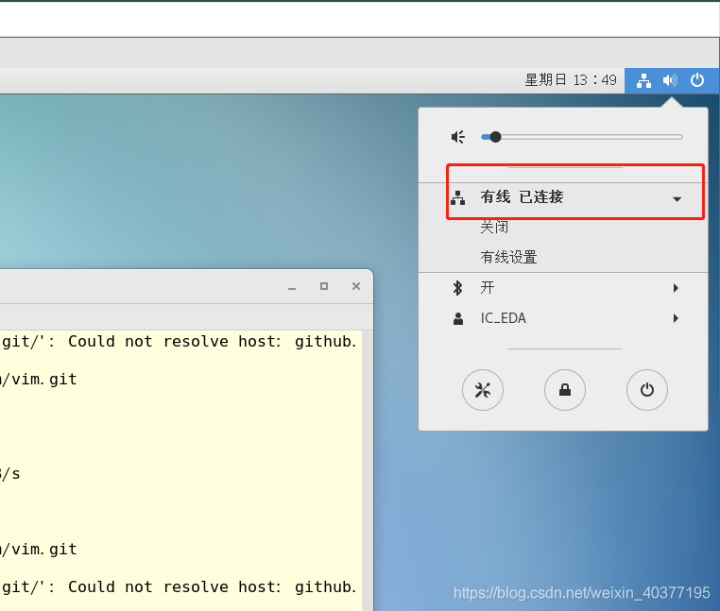
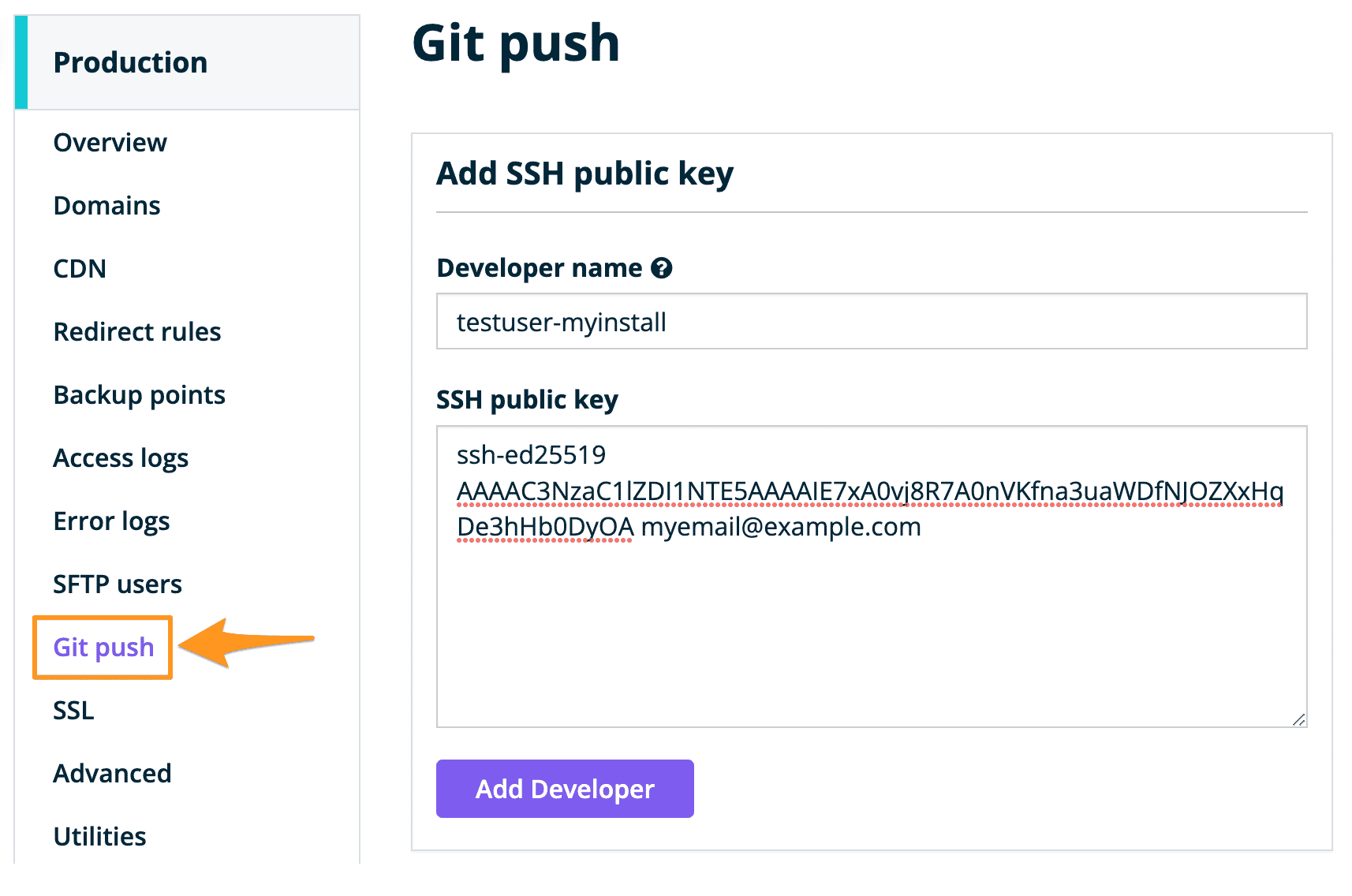
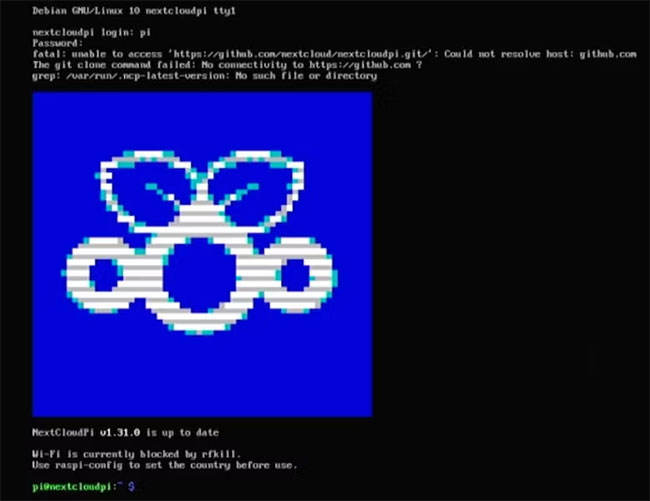
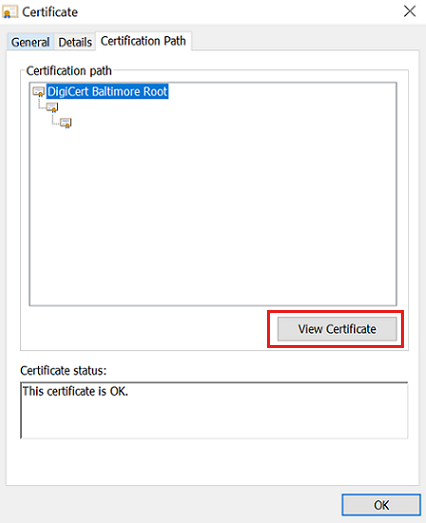


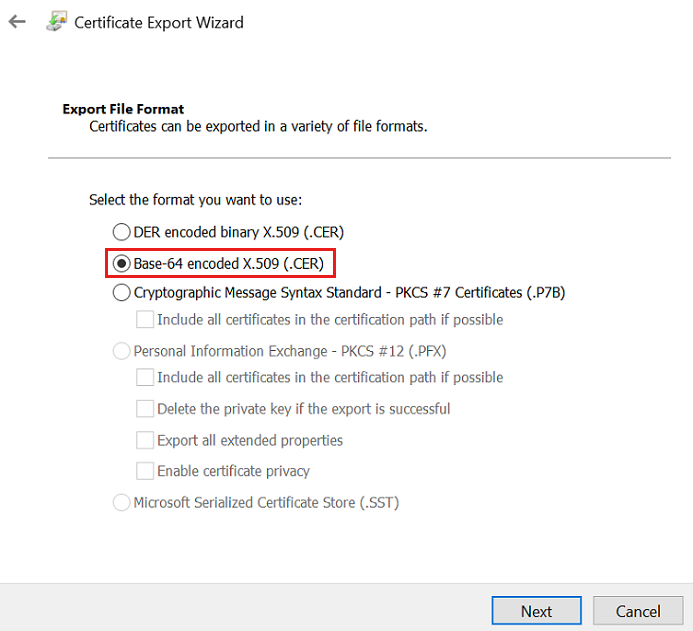

Article link: could not resolve host github com.
Learn more about the topic could not resolve host github com.
- Git: Could not resolve host github.com error while cloning …
- Could Not Resolve Host Github Com: Solved
- fatal unable to access could not resolve host GitHub – Edureka
- Git could not resolve host – Codecademy Forums
- fatal unable to access could not resolve host GitHub
- Git Clone ‘Could not resolve host: github.com’ …Firewall ports
- Could not resolve host: github.com – Raspberry Pi Forums
- [SOLVED] ssh could not resolve hostname github … – Codetryout
See more: nhanvietluanvan.com/luat-hoc